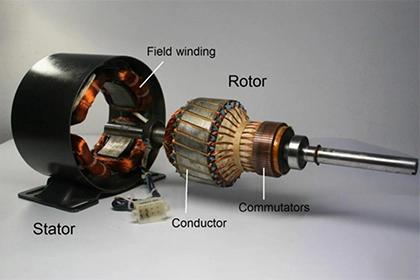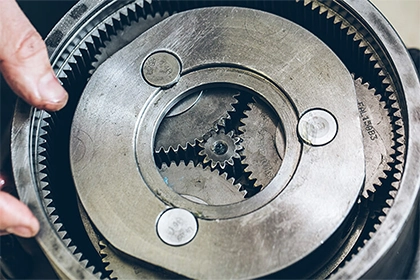
What happens when the motor jams?
When a motor jams, it may stop turning or make unusual noises and vibrations. This can cause damage to the motor's components, such as the bearings or windings, and may also result in increased heat and energy consumption, leading to further damage or even motor failure.
When a motor is stuck, it means that the rotor and stator are unable to spin freely due to some sort of obstruction or mechanical failure. This can lead to several problems, including overheating, excessive current draw, stalling, and even system failure, which should depend on the type of motor and the specifics of the jam. Motor blockages occur differently depending on the type of motor.
Different types of motor-blocking situations
- In DC motors, a stuck rotor can cause the motor to draw too much current, which can lead to overheating and damage to the motor windings. Overheating can lead to insulation breakdown, resulting in a short circuit or motor failure. A stuck DC motor will also cause the brushes to wear out more quickly, leading to motor failure.
- In AC motors, a stuck rotor can cause the motor to stall and easily damage the motor windings. At this point, the motor's current is very high, the temperature rise is very high, and the motor will make a "humming" sound. If the motor runs for a long time under a blocked rotor, it is easy to burn out the motor.
- In a stepper motor, a stuck rotor can cause the motor to lose a step or stop completely, which can lead to unexpected behavior or even system failure. In addition, if a stepper motor is driven by too much current, it can become hot enough to melt the insulation on the wires, which can lead to a short circuit and cause permanent damage to the motor.
Conclusion
In any type of motor, clogging can also cause mechanical damage to the motor or surrounding components, which can lead to costly repairs or replacements. For these reasons, it is important to take steps to prevent motor clogging, such as ensuring proper alignment, avoiding overloading or overdriving the motor, and regularly maintaining and inspecting the motor and its components.



Leave a Comment